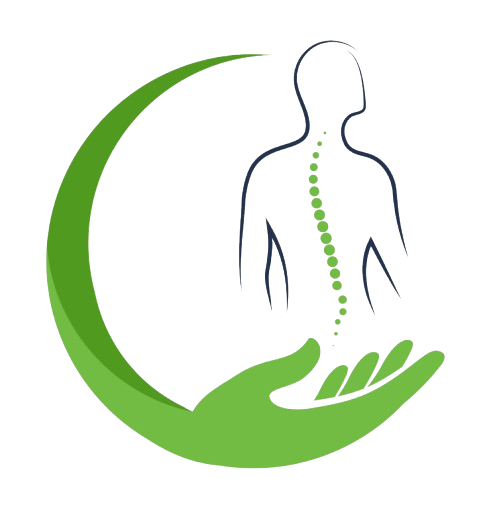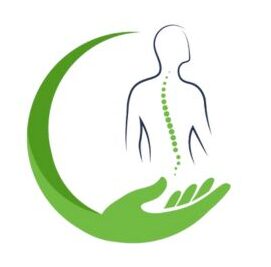Discovering effective ways to alleviate neck pain can be life-changing. With gentle touch and focused attention, craniosacral therapy for neck pain offers promising benefits. This blog explores ten distinct ways it can help ease discomfort.
Understanding Craniosacral Therapy and Its Benefits
Craniosacral therapy (CST) is a gentle, hands-on approach that aims to improve the body’s natural healing process. It taps into modern techniques and traditional healing wisdom, creating a holistic approach towards well-being. One of the wonders of CST is how it aligns with ancient practices like yoga, meditation, and Ayurveda, particularly in India’s cultural landscape. This synergy enriches its acceptance in the country, making it a popular choice for those seeking alternative therapies.
The therapy revolves around examining the craniosacral system, which consists of the membranes and fluid surrounding the brain and spine. By gently manipulating these areas, practitioners can help release restrictions and improve the functioning of the central nervous system.
For those wary of surgery and conventional treatments, craniosacral therapy for neck pain stands as a safe, non-invasive, time-efficient, and cost-effective option. The mild approach can be appealing for anyone hesitant about invasive methods, making CST a go-to alternative.
Many myths swirl around CST, but understanding the facts can debunk misconceptions. Testimonials from certified practitioners in India reveal that CST is not just a light touch on the spine but a profound therapy with life-changing results. These professionals strongly advocate for the therapy based on the tangible improvements they’ve witnessed.
In essence, CST provides multi-faceted benefits. It is not merely about reducing neck pain but also embracing a holistic view of one’s health. Understanding the therapy’s roots and its benefits can empower individuals to make informed choices about their health.
Key Benefits of Craniosacral Therapy for Neck Pain
Craniosacral therapy for neck pain effectively reduces intensity and frequency of neck discomfort. It also helps in releasing chronic tension, thanks to its gentle touch. This form of therapy can do wonders for easing pain and discomfort.
Moreover, CST improves mobility and flexibility. By reducing stiffness and inflammation, it allows muscles to relax. This in turn promotes a better range of motion, making everyday movements less painful. Whether looking up or turning a corner, ease of movement becomes more achievable.
CST’s capability isn’t limited just to physical relief. It can modulate the autonomic nervous system, which plays a crucial role in handling stress. As stress-induced tension decreases, so does the discomfort in the neck area. Better stress management through CST leads to improved sleep quality, adding peaceful nights into the therapeutic equation.
Beyond the physical facets, studies show CST supports emotional and mental health well-being. The calming nature of CST helps reduce anxiety and promote a balanced emotional state. As a result, it’s viewed as a comprehensive solution, targeting not just the physical but also mental wellness domains.
Here’s a concise list of benefits of craniosacral therapy for neck pain:
- Reduces intensity of neck pain.
- Releases chronic tension.
- Enhances mobility and muscular relaxation.
- Promotes a better range of motion.
- Improves stress management.
- Aids in better sleep quality.
- Supports emotional and mental health.
Each benefit underscores CST’s role in creating an environment conducive to healing and comfort. The therapy highlights how simpler, non-invasive means can offer profound wellness results.
Integrating Craniosacral Therapy into Your Holistic Health Regimen
To maximize health benefits, try mixing CST with other practices like yoga and meditation. This union can significantly boost overall well-being. Such collaboration in therapies results in more balanced health outcomes, catering to both immediate relief and long-term wellness goals.
In India, cultural perceptions often embrace holistic healing practices. CST integrates seamlessly with these philosophies, offering aid in better seasonal health management. By taking advantage of what CST and accompanying holistic practices provide, individuals can enjoy more comprehensive well-being.
For anyone dealing with neck pain, CST shouldn’t be seen in isolation but as part of a patient-focused plan. Its integration into a broader pain management framework minimizes reliance on medicines drastically. Combined with other therapies, CST points towards a more enriched healing path without side effects.
Don’t hesitate to discuss CST with healthcare providers. Open conversations can help ensure an optimal blend of CST with standard medical care, maximizing benefits while reducing risks. Collaborating with professionals ensures CST’s addition to a medical program is harmonious and complementing.
Expert Tips and Research-Backed Recommendations
Choosing a certified practitioner matters when seeking craniosacral therapy for neck pain. A well-informed therapist ensures correct application of techniques, safeguarding against potential adverse effects. When searching, prioritize experience and verified credentials.
What happens post-therapy also counts. Maintaining neck relief involves exercises and stretches. Routine activities help embody the therapy’s impact beyond the session, making neck pain less frequent and more manageable.
Expert insights also highlight how CST can positively affect other health aspects, indirectly benefiting sleep and emotional balance. Knowing how CST informs overall health context strengthens user confidence in the therapy’s merit.
To wrap up, craniosacral therapy techniques hold promise in reshaping how neck pain management is approached. The therapy’s gentle, yet impactful methods provide a more balanced approach to dealing with chronic pain issues. Embracing it could lead to noteworthy life improvements, as echoed by many who’ve walked the path of CST. Embrace this gentle therapy, and discover the multifaceted benefits it promises for neck pain relief.



